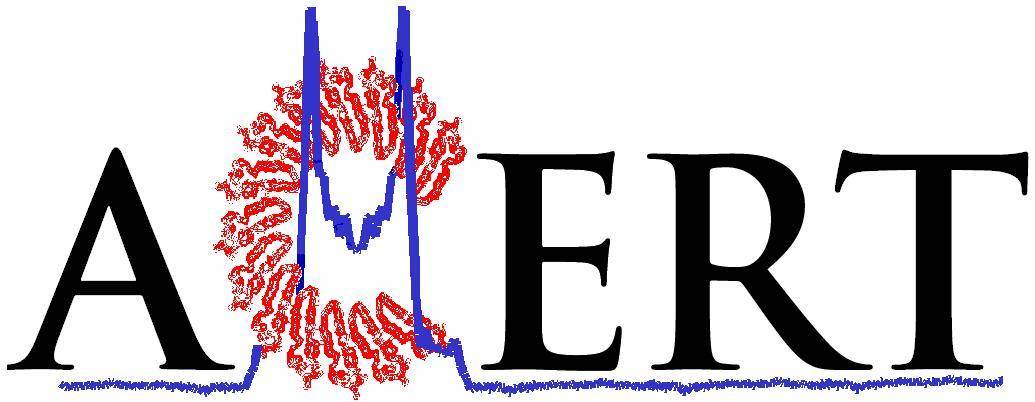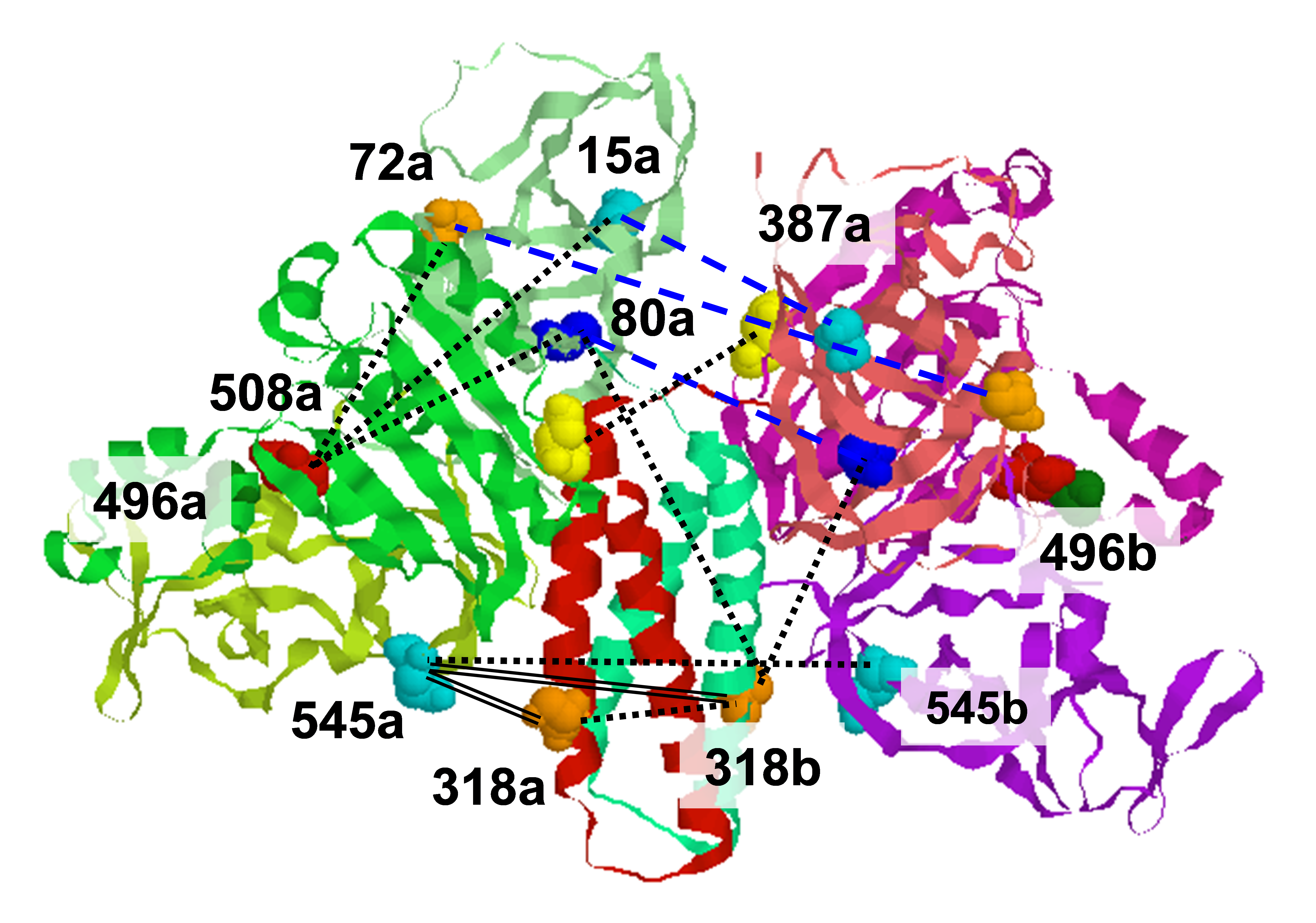.svg) National Institute of General Medical Sciences |
 |
 |
National Biomedical Resource for |
| ACERT's Service and Collaborative Projects | ||
Two-dimensional electron-electron double resonance (2D-ELDOR) is a technique that is sensitive to the dynamical processes affecting spin-labels in complex fluid environments. In ordered fluids, such as membrane vesicles, the 2D-ELDOR experiment is affected by the molecular tumbling in the locally ordered environment. This motion occurs on two different time scales, the faster molecular motion relative to the local director, and the slower collective fluctuations of the director. In past experimental studies, it was found that the auto-peaks of the 2D-ELDOR spectrum increased as a function of the mixing time, tm, which is the time (between two pulses) when spectral packets can exchange their frequency due to the dynamical processes, and this was interpreted as due to the spectral effects of director fluctuations on the spin-labeled lipids. We have now developed a theory for the effects of such director fluctuations on the auto-peaks in the 2D-ELDOR experiment. Good agreement is found between the theory, for which the only adjustable parameter is the bending elastic modulus of the membrane, kappa and experiment. The values for kappa of 11 x 10-20J for 1,2-dipalmitoyl-sn-glycero-phosphatidylcholine (DPPC) vesicles (see Fig. below) and 15 x 10-20J for DPPC/Gramicidin A (5:1) vesicles (see Fig. below), both at 45°C, were found from the analysis, and agree well with previous related measurements by other physical techniques. This establishes 2D-ELDOR as a useful technique to study the elastic properties of biological membranes. The theory for the director fluctuations is based upon an analytical solution of the stochastic Liouville equation for which the director field is treated as a multi-dimensional Gaussian process, wherein each normal mode decays independently. The time correlation function for the 2D-ELDOR experiment is then shown to be determined by the correlation function for the local transverse component of the director. It is shown that as long as the 2D-ELDOR experiment provides a time window of the order of microseconds for tm, then the 2D-ELDOR experiment vs. tm is significantly affected by director fluctuations, enabling a determination of kappa. Publication: B. Fresch, D. Frezzato, G. Moro, G. Kothe, and J.H. Freed, J. Phys. Chem. B, 110, 24238-24254 (2006). |
||
|
||
|
Barbara Fresch, Giorgio Moro (Universita di Padova, Italy) J. H. Freed (ACERT) |
||
|
|
About ACERT Contact Us |
Research |
Outreach |
ACERT is supported by grant 1R24GM146107 from the National Institute of General Medical Sciences (NIGMS), part of the National Institutes of Health. |
|||||
| ||||||||